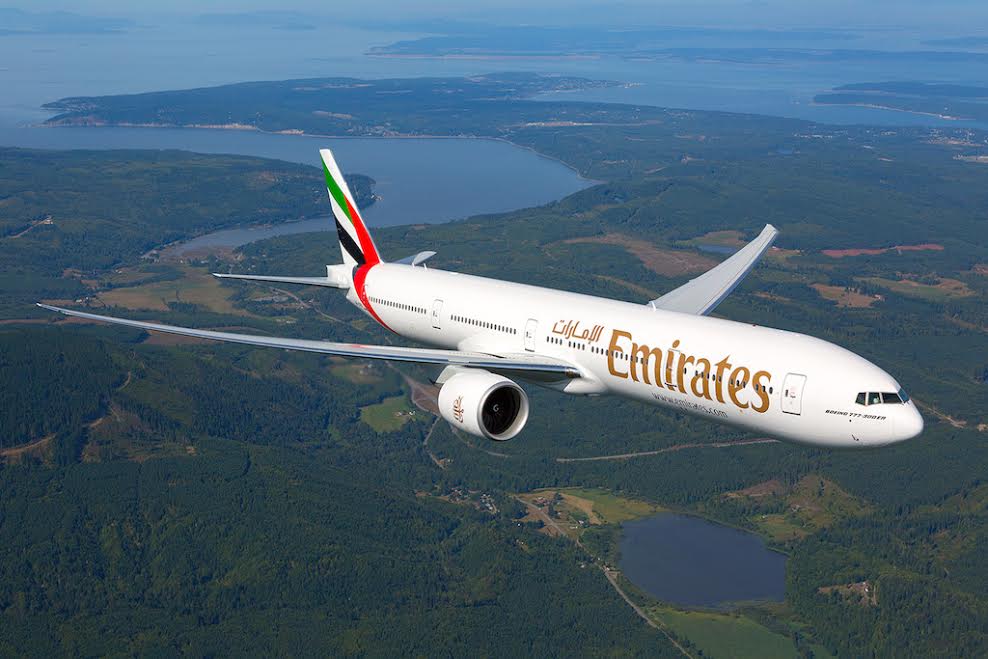laudius Ptolemy, the Greco-Roman mathematician, astronomer and father of geography, called the Rwenzori range the Mountains of the Moon, and I think he got it about right. Starlight beamed down on the convex glaciers surrounding our camp near Uganda’s western border, causing them to glow like resting lunar crescents.
I should have been sleeping the night before my attempt on the Rwenzori’s loftiest peak, 5,109-metre Mount Stanley’s summit, Africa’s third-highest mountain, but altitude headaches kept me awake. I thought back to a similar sleepless night at Kilimanjaro some years earlier. I remembered then feeling sure I would succeed, and when summit day came, I duly trudged along in a torchlight procession to the top, one of 50,000 climbers who attempt Kilimanjaro each year.
Yet this endeavour stirred self-doubt. Little-known and less frequently climbed, the 120km-long Rwenzori range, on the border of Uganda and the Democratic Republic of Congo (DRC), isn’t as high as Kilimanjaro but requires greater technical skills and an endurance I wondered if I possessed. The name Rwenzori means “rainmaker” and the mountain can be notoriously muddy and tiring to climb, though this was the relatively dry season, from December to February.
Rwenzori national park, nine hours’ drive west of Kampala, offers crowd-free hiking and a sense of wilderness absent on Kilimanjaro. Official statistics show that between January and October 2017, just 693 people trekked its higher reaches. During this eight-day trek with a friend, we met just 10 other hikers – and not one tearful celebrity doing their bit for charity.
So why do so few people come trekking here? Australian, John Hunwick, 69, who runs Rwenzori Trekking Services, first came in 1991. “I saw so much promise and wanted to open up the trails, but then the Rwenzoris were overrun by Congolese rebels,” he said.
In around 1996, as retaliation for Uganda supporting breakaway nation South Sudan, the North Sudanese helped Allied Democratic Forces (ADF) rebels in Congo to launch attacks from the Rwenzoris aimed at destabilising Uganda . “It certainly wasn’t safe to trek then,” Hunwick said. Uganda drove the ADF back into Congo in around 2001 but they continued to launch sporadic forays.
Hunwick assured me the Rwenzoris have been safe and tranquil since 2009, and his outfit has opened trails and camps all the way to Mount Stanley’s highest spike, Margherita Peak. The FCO advice on visiting western Uganda has softened in recent years: it reports no incidents involving visitors but warns travellers to be vigilant of political demonstrations.
Hunwick’s treks range from a day or two to full-on seven- or eight-day expeditions to summit Margherita. But even those just dipping a toe inside the national park will be awed.
During two breathless first days we moved through tropical forests of gargantuan fig trees that chattered with blue monkeys into the bamboo zone at 2,800 metres, with percussive accompaniment from stems rattling in the crosswinds. The ascent is steep and trekkers need a degree of stamina-based fitness training to cope with the rapid gains in altitude. A head for heights is preferable for the summit push, but no technical climbing skills are required.
The mossy heather zone above 3,500 metres was surreal: Unesco calls it “Africa’s botanical big game”. Its supersized heather trees looked like Dartmoor on steroids, and lobelias the size of Mexican cacti were all draped with lichen beards more Gandalf than hipster. In these higher zones we found scat from a rarely seen feline, the Rwenzori leopard, and marvelled at the iridescent colours of endemic sunbirds probing flowers with their curved bills.
The daily routine proved simple. We’d walk up to eight hours between campsites with static tents resembling Anderson shelters or wooden huts, spacious enough for bunkbeds with comfortable mattresses. Days began with porridge and ended with hearty pasta dishes or local fare such as rolex (eggy chapatti wraps). At Mutinda Camp, on day two, I showered under a glacier-fed waterfall, my yelps possibly outdoing the nocturnal rock hyraxes, whose default call sounds like they’re being brutally murdered.
My presence was also contributing to the economic prospects of the local Bakonjo people, a Bantu ethnic group who farm the slopes of the Rwenzoris. My guide, Bwambalee Joshua, was heading a group of nine porters. “I was a geography teacher but the wages were poor, so I became a guide,” he said. He told me that mineworkers at the Chinese-owned Kilembe copper mine in the foothills are paid about 3,000 shillings (66p) a day, while porters earn £3 a day and guides double this, plus a £20 bonus for getting clients to the summit.
After five days, my first view of Mount Stanley from the 4,450-metre Bamwanjara Pass was of a slightly sinister and brooding multi-peaked massif shrouded in cloud, with glaciers that really did shine like little moons.
Mike from Minnesota was on his way down: looking much younger and fitter than me, he pulled me out of my reverie. “What a climb,” he exclaimed. “Man that was tough scrambling over rocks and ice. I meant this to be a warm-up for Kilimanjaro, but I should have done it the other way round.”
The last vegetated landscape before the rocky Margherita summit camp at 4,485 metres is the magnificent Scott Elliot pass, stately as a Scottish glen with cliffs stained orange with lichen. Elliot was part of the team who first conquered Mount Stanley in 1906. It was led by an Italian aristocrat, the Duke of Abruzzi, who named the highest point after Queen Margherita of Italy.
Summit day started around 3am with the clatter of harnesses and crampons being fitted. Joshua quelled my anxiety by reminding me that 90% of climbers make the summit. In the event, while the morning proved many times more gruelling than summiting Kilimanjaro, it was thrilling to evolve from trekker to mountaineer.
Several non-taxing scrambles on fixed ropes took us in quiet darkness to Stanley glacier. With crampons secured, we crunched across an ice plain of disintegrating slush. “These glaciers have halved in size over the past five years,” noted Joshua.
Dawn cracked over Margherita glacier: a steep icy stairway towards the summit that took us two hours to climb. I scaled it step by weary step, gulping air deeply, temples pounding as we approached 5,000 metres, crampons biting at times into 40-degree slopes. Joshua went ahead belaying by rope and fixing ice-pins. Crevasses revealed fairy grottoes of blue icicles.
Beyond a ridge joining Alexandra (5,091 metres) and Margherita peaks, I scrambled over frozen boulders to the summit. Upon seeing the sign welcoming me to Uganda’s highest point I welled up like a, umm, “tearful celebrity”, intense joy mingling with fatigue. The clouds had cleared to reveal a panorama more complex and striking than I remembered from Kilimanjaro’s volcanic rim. Surrounded by glaciers and rocky peaks, I stared south down the Albertine rift valley to Lake George and west into DRC.
number of adventure tour operators have added the Rwenzoris to their brochures for 2018, so its popularity seems set to increase. But for those moments standing fatigued and rather emotional at having completed one of Africa’s greatest adventures, we revelled in being the only summiteers that day.








